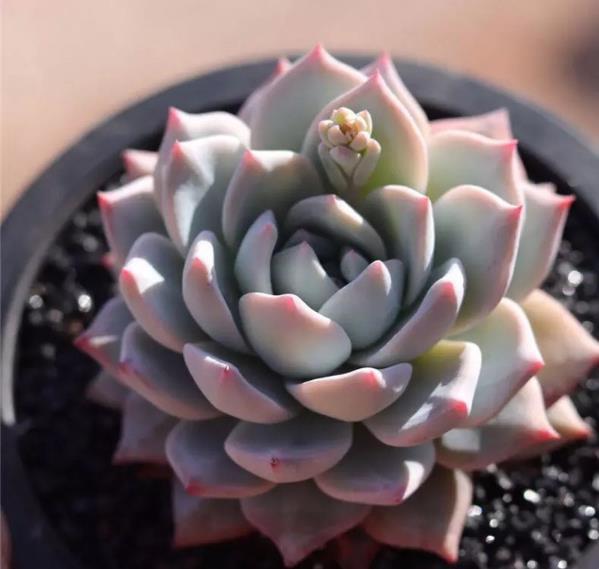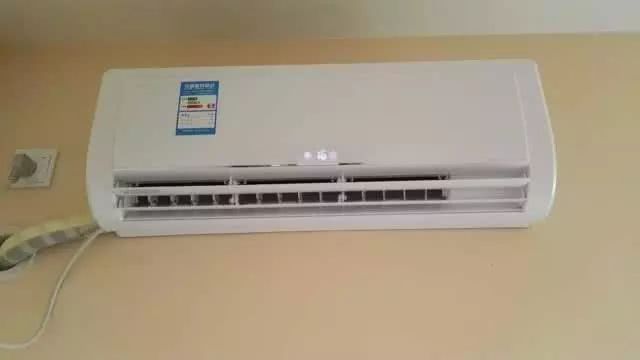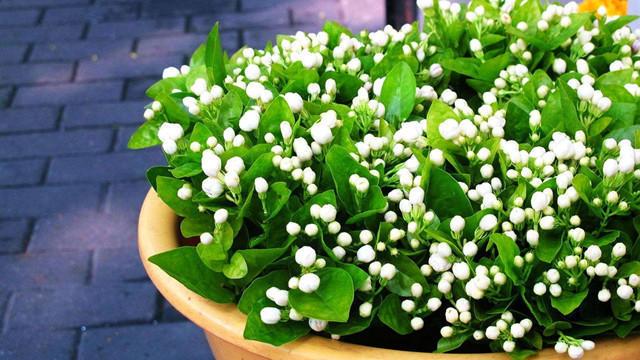How to use river sand when growing flowers and matching soil? Teach you to screen succulent plants and raise them well.

How to use river sand when growing flowers and matching soil? River sand is a medium commonly used by flower lovers, especially succulent plants. Many people think that succulent plants are born in the desert. As I mentioned in my previous article, most succulent plants are not born in the desert.
First of all, the most important thing we pay attention to in raising succulent plants is the air permeability of the soil. This is precisely the biggest disadvantage of river sand and the misunderstanding that people use river sand to raise meat. When the particle size of river sand is less than 2 mm, the air permeability of water is almost the same as that of garden soil due to surface tension after watering. In particular, fine sand, usually with a particle size of 0.25 to 0.35 mm, is called fine sand. Needless to say, this kind of sand can not be used as a medium for flower cultivation, and even a small amount of it will clog soil crevices. Serious consolidation will occur when the river sand is completely dry, which will never happen if peat or coconut bran is used. It is obvious that pure river sand is not as good as peat, coconut bran or even ordinary garden soil in many aspects.
The second is nutrition. Sand itself is made up of all kinds of minerals and rocks. Its main composition is quartz (but quartz is not equal to silicon dioxide, quartz with a silica content of more than 98.5% is called quartz, which should be distinguished from silica). River sand is very common and can be found everywhere, but the composition of river sand varies from place to place, but generally there is little difference. The river sand is very barren and lacks humus and fertilizer for many kinds of plants. If you use pure river sand to grow flowers, it will not necessarily die, it will undoubtedly grow slowly and have a great impact on plants. Although succulent plants and other flowers can be raised under the first condition, and coarse river sand is cheap, common and good in all aspects, it is a very good medium for raising meat, but pure river sand is absolutely not recommended.
Talk about the other functions and attention of river sand. If we go to the riverside to wash the river sand, the river sand particles we find are generally large and small, and it is recommended to screen out the particles that are too large and too small. And most of our sand comes from construction sites, and most of them are fine sand, so remember to use it with caution! Succulent soil is usually about 3mm in diameter and about 6mm in diameter, and other flowers can be slightly smaller. As long as the pavement is larger than 2 mm to ensure air permeability, it doesn't matter if it's a little bigger.
Finally, some flower friends think that the river sand pavement has the effect of killing insects. I would like to clarify that it does have the effect of preventing insects, but not killing insects. It is also important to know that this can effectively prevent insects such as Xiao Hei Fei, mole cricket, grubs and ground tigers from harming plants or drilling into the soil after hatching, but most of them do not harm succulent plants and flowers. they mostly feed on vegetables and can only harm ground-grown plants. It's useless if the soil itself has worms. In addition, the insect control effect of diatomite or volcanic rock is certainly better than that of river sand. What is even more incredible is that insects staying on diatomite will lose about 10% of their body fluids and die, which is far from being able to achieve the insecticidal effect of river sand.
Here is a gathering place for succulent plant lovers, sharing succulent maintenance skills, welcome to follow and exchange.
- Prev

Is it just a cover for variable frequency air conditioners to save power? The electricity bill goes up in summer. I really got kicked in the head by a donkey.
Air conditioning is really too important in summer. In such a hot summer, air conditioning can save lives. When we buy air conditioners, we have to consider comprehensively. One is to save electricity and the other is easy to use. These two points are almost in line with each other.
- Next

After the blooming jasmine teaches you a trick, the flower bud can continue to grow.
After blooming, cut off 1-2 pairs of leaves in the flowering branch away from the main stem, determine the pruning position according to the direction of the axillary bud, and cut off the residual flowers and overlong branches after the flower fade. In addition, diseased branches and withered branches and smoking without flowers.
Related
- Wuhan Hospital Iron Tree Blooming Result Was Instantly Frightened by the Gardener Master
- Which variety of camellia is the most fragrant and best? Which one do you like best?
- What is the small blue coat, the breeding methods and matters needing attention of the succulent plant
- Dormancy time and maintenance management of succulent plants during dormancy
- Minas succulent how to raise, Minas succulent plant pictures
- What are the varieties of winter succulent plants
- How to raise succulent plants in twelve rolls? let's take a look at some experience of breeding twelve rolls.
- Attention should be paid to water control for succulent plants during dormant period (winter and summer)
- Watering experience of twelve rolls of succulent plants
- Techniques for fertilizing succulent plants. An article will let you know how to fertilize succulent plants.

